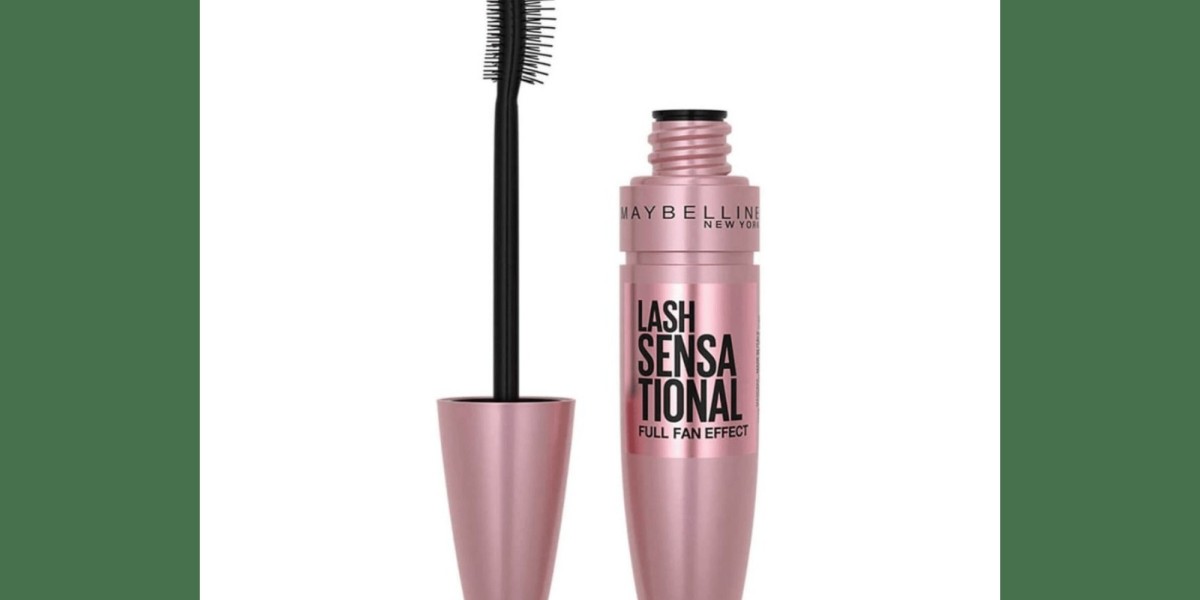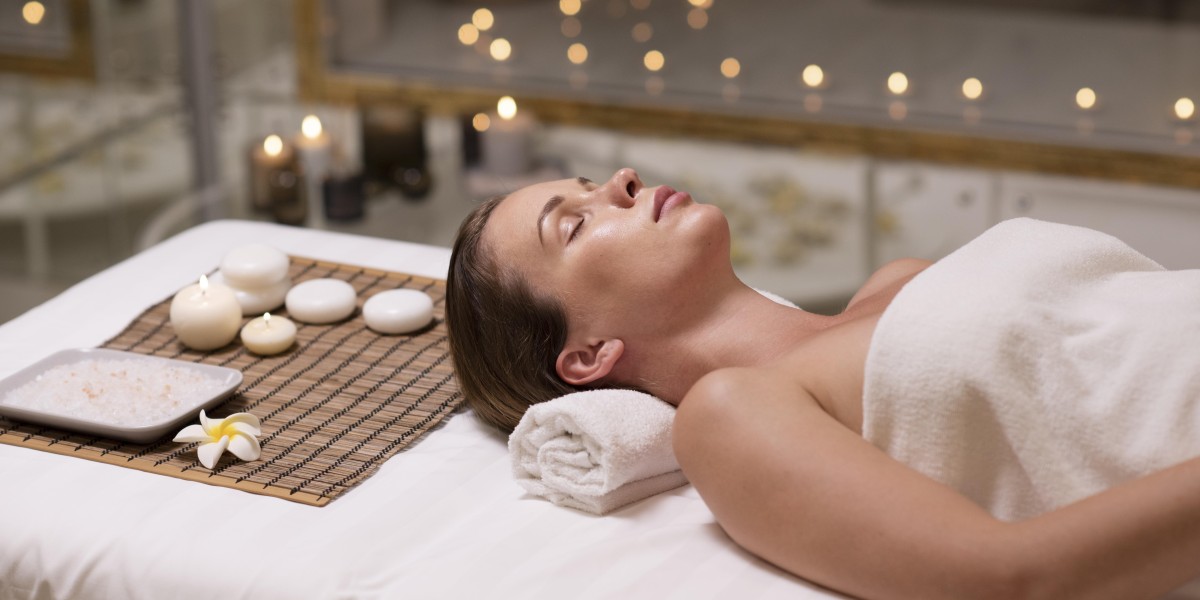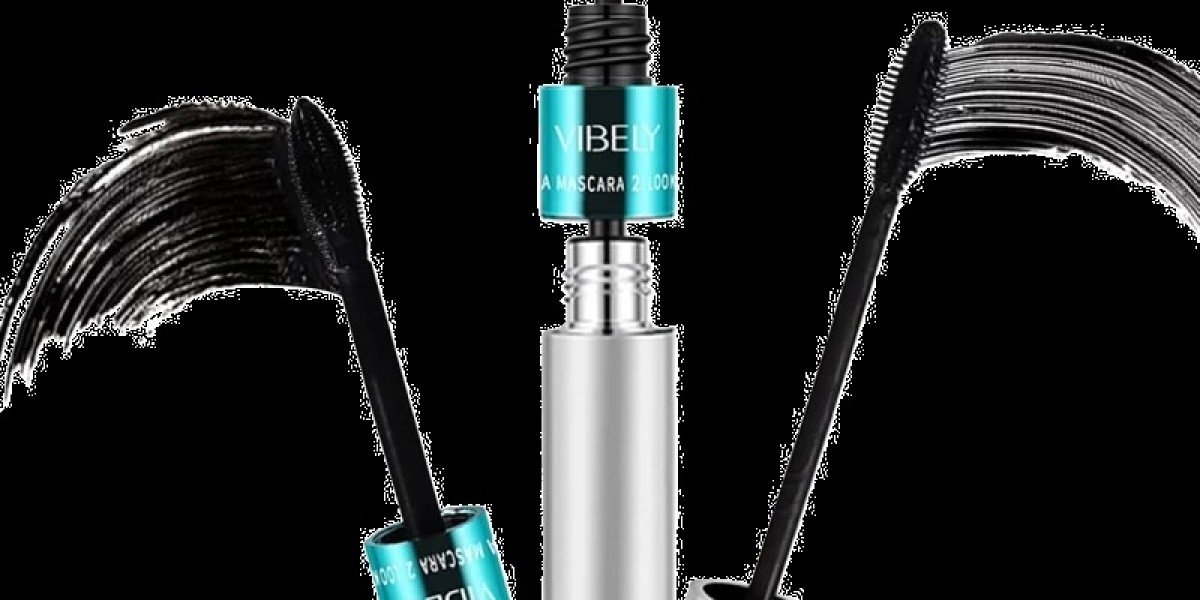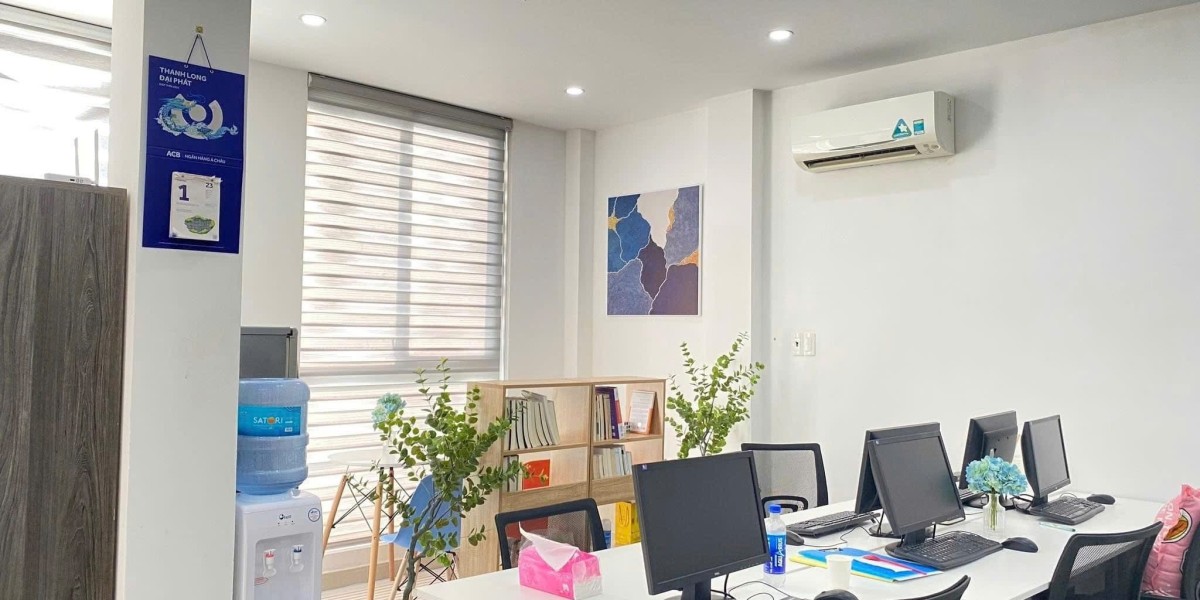Setting powder is an essential makeup product used to set foundation, concealer, and other face makeup, ensuring they stay in place throughout the day. This powder helps to mattify the skin, absorb excess oil, and minimize shine, giving your face a smooth, polished finish. Whether you have oily, dry, or combination skin, setting powder can help maintain your makeup’s integrity and longevity.
Types of Setting Powders: Loose vs. Pressed and Which One is Right for You
When it comes to setting powders, you’ll generally find two main types: loose and pressed.
Loose Setting Powder: This type of powder comes in a jar and is often used by makeup artists due to its lightweight texture and ability to be applied with precision. Loose powder is ideal for baking—a technique that involves letting the powder sit on the skin to create a flawless, airbrushed look.
Pressed Setting Powder: This comes in compact form and is perfect for on-the-go use. It’s easier to apply and less messy, making it a practical choice for quick touch-ups.
Which one is right for you? If you want a more natural look and ease of application, pressed powder is your best bet. For those who seek high-impact, long-lasting makeup, loose powder is the way to go.
Top Benefits of Using Setting Powder for a Long-Lasting Makeup Look
Prevents Makeup from Moving: Setting powder locks makeup into place, reducing the risk of it settling into fine lines and creases.
Controls Shine: By absorbing excess oil, it helps maintain a matte look without the need for frequent touch-ups.
Enhances Longevity: Makeup stays put for hours without smudging or fading.
Smooths the Skin: Setting powder creates an even, smooth surface that minimizes the appearance of pores.
Prevents Creasing: It ensures that your concealer, foundation, and eye makeup don’t crease or slide throughout the day.
How to Apply Setting Powder Like a Pro: Step-by-Step Guide
Prep Your Skin: Start with a clean, moisturized face. Apply a primer to create a smooth base for makeup.
Apply Your Foundation and Concealer: Use a foundation brush or beauty sponge to evenly apply your base. Blend your concealer to cover blemishes or under-eye circles.
Use a Damp Beauty Sponge: Pick up a generous amount of setting powder with a damp beauty sponge. The dampness helps the powder adhere better.
Apply with Baking Technique: Press the powder into areas prone to creasing, like under the eyes, T-zone, and any other places where you want long-lasting coverage. Let it sit for 5-10 minutes.
Blend and Dust Off: Use a clean, fluffy brush to gently dust away excess powder, leaving a flawless finish.
The Best Setting Powders for Every Skin Type
For Oily Skin: Translucent setting powders with oil-absorbing properties are ideal. Brands like Laura Mercier Translucent Setting Powder and Huda Beauty Easy Bake Loose Powder are great choices.
For Dry Skin: Look for powders infused with moisturizing ingredients. The Hourglass Veil Translucent Setting Powder is a good option.
For Combination Skin: Choose a versatile powder that can balance oil and hydration, such as the Fenty Beauty Pro Filt’r Instant Retouch Setting Powder.
How to Choose the Right Setting Powder for Your Skin Tone
Choosing the right setting powder can make a significant difference in your makeup’s overall look. If you have fair skin, go for a translucent or light-toned powder. Medium to dark skin tones benefit from powders with a hint of color to blend seamlessly with your foundation. Always test powders in natural light to ensure the shade matches your skin tone.
Common Mistakes to Avoid When Using Setting Powder
Applying Too Much Powder: Excessive powder can create a cakey look. Use a light hand and build up gradually.
Not Blending Properly: Uneven application can leave noticeable patches. Blend well using a soft, fluffy brush.
Skipping the Baking Step: For long-lasting makeup, make sure to use the baking technique for areas that crease easily.
Using the Wrong Formula: Choose the formula that suits your skin type—a mattifying powder for oily skin and a hydrating one for dry skin.
Drugstore vs. High-End Setting Powders: Which One Should You Buy?
Both drugstore and high-end setting powders have their merits. Drugstore powders, such as Maybelline Fit Me Loose Finishing Powder and Coty Airspun, offer great value and good performance for everyday use. High-end options like Laura Mercier and Hourglass provide premium ingredients and advanced formulations, which can make a difference for special occasions or professional settings.
Setting Powder Hacks: Creative Ways to Use It Beyond Your Face
Use as an Eyeshadow Primer: Dust a thin layer on your eyelids to help eyeshadow stay in place.
Prevent Chafing: Apply setting powder to areas where friction occurs, such as thighs.
Matify Your Lipstick: Press a bit of setting powder over your lipstick for a matte finish.
Soak Up Oil on Your Hair: Sprinkle some powder onto your roots to absorb oil and add volume.
Setting Powder vs. Setting Spray: Which is Better for Your Makeup Routine?
Setting powder and setting spray serve different purposes and can actually complement each other in your makeup routine. Setting powder helps to lock makeup into place, while setting spray gives a dewy finish and helps the powder settle into the skin. For a long-lasting look, use both: apply setting powder to set your base, and finish with a setting spray to ensure it stays in place and looks fresh.
What is the main difference between loose and pressed setting powder?
Loose setting powder is lighter, more buildable, and is used for techniques like baking. Pressed powder is compact, travel-friendly, and perfect for quick touch-ups.How long should I let setting powder sit before brushing it off?
Usually, 5-10 minutes is enough for baking. For a softer, natural look, you can leave it for 2-3 minutes.Can setting powder be used on dry skin?
Yes, but look for a hydrating or finely milled formula that won’t accentuate dryness.How do I know if I’ve applied too much setting powder?
If your face looks overly matte or cakey, you’ve probably used too much. Always use a light hand and blend well.Is setting powder the same as finishing powder?
No, they are different. Setting powder locks makeup in place, while finishing powder adds a final touch of smoothness and a subtle glow.How often should I touch up my makeup with setting powder?
If you have oily skin, touch up every 3-4 hours. For dry skin, you may only need one touch-up per day.Can setting powder be used without foundation?
Yes, it can be used on its own to mattify the skin and absorb oil for a natural, no-makeup look.Should I use a brush or a sponge for applying setting powder?
For baking, use a damp beauty sponge. For setting the face lightly, a fluffy brush is ideal.What’s the best way to store setting powder to maintain its quality?
Keep it in a cool, dry place and make sure the lid is tightly closed to prevent it from drying out or clumping.- How does setting powder help with photography?
- Setting powder reduces shine and creates a smooth finish, which is ideal for photos. It prevents flashback and ensures makeup looks natural on camera.








